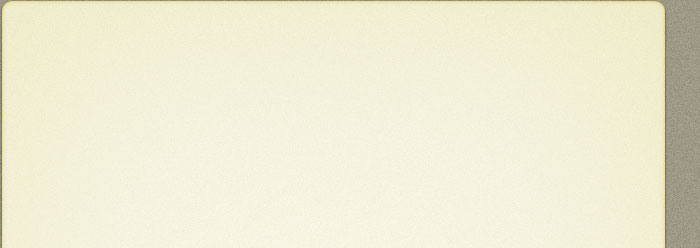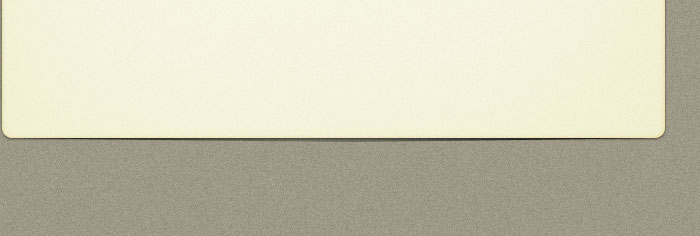Psychics and Scientists

Companion Scenario: Spontaneous Generation
Search Center
Further Reading
Constructing your Hypothesis
Think of the hypothesis as a statement that explains the relationships among variables you will be comparing. It defines the testable nature of the variables you intend to compare.
Lets work backwards to better understand:
Does the appearance of frogs in the mud require a previous visit by other frogs?
There appear to be more frogs near the muddy river bank and in areas where there is constantly a muddy mess.
Observation:
Question:
Hypothesis:
Mud placed in a wire caged tub will not have any frogs after two weeks compared to similar mud container not caged; because, for mud to generate frogs, adult frogs must have had a previous encounter with the mud.
Anatomy of a Hypothesis
The Independent Variable: This is the manipulate variable. The manner by which you alter the control from nature determines whether or not your hypothesis is testable. For example if the cage wire mesh were 4 inch squares, this would not keep frogs out. Or if the tub of mud was placed in an air tight box. This is actually testing something entirely different. As a general rule, the independent variable should be ALMOST the control with only one slight variation that allows you to test you proposed idea for how the thing you observed might work, in our case, placing the mud in a frog proof cage.
A Hypothesis is: Two alternating forms of the Independent variable linked by a measurable event because of a plausible rational reason.
Independent variable
The Control: Ok, so “technically” this is not an independent variable; however, I state it this way so you’ll understand the independent. Why? Well because the independent variable is a manipulation of the control variable. DO NOT CONFUSE THE TWO! The control variable is the condition you initially observed that started this process (with some exceptions) in our case the tub of mud not Not put in a frog proof cage.
Mud made 2:1 (water to dirt) in a plastic container and then placed in a wire cage will not have any frogs after two weeks compared to similar mud container not caged; because, for mud to generate frogs, adult frogs must have had a previous encounter with the mud.
Color coded according to terms discussed at left
Dependent Variable
This is the measured variable. This variable is also your collected data, the resulting observations per Independent and control set-ups you created. The outcome of these recordings in the context of the Independent and control variables will either support or not support your given hypothesis.
The “Because”
The causal statement is 2 things:
1. It explains the rationale between the Independent
-
and control variables.
2. The causal statement is the subject of the
-
introduction to the paper you will write in lab! Think of it as a stepping off point for the 2 1/2 to 3 paragraphs you will write explaining everything you’ve learned that lead up to you constructing the hypothesis you’ll be testing.

